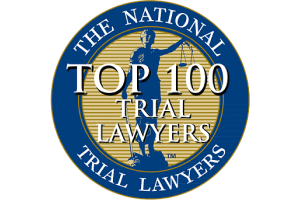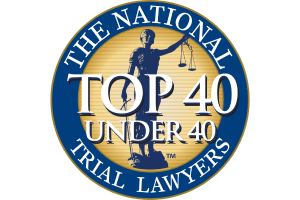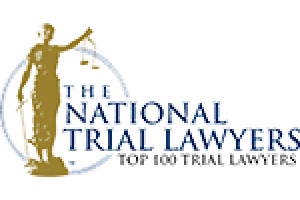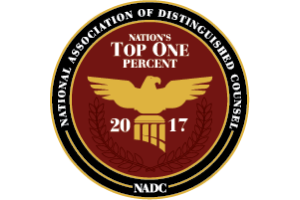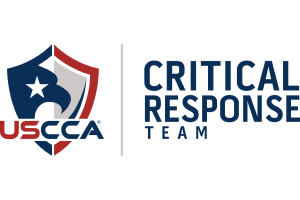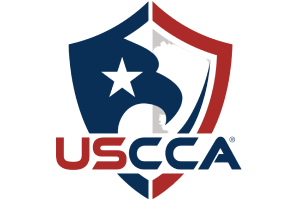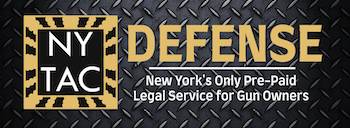Representation.
Asbestos Dumping
Asbestos Abatement Violations under Federal, State, and New York City Law
Asbestos dumping is regulated by a complex scheme of laws that include federal, state, and local regulations, licenses, testing requirements, and strict procedures. Failure to follow said procedures can expose a person to both criminal and civil liability.
If your business has been accused of illegally dumping asbestos, falsifying records related to asbestos, suffered OSHA violations, or other asbestos related violations call our aggressive and knowledgeable New York lawyers today. Our lawyers will attack the government’s case against you by exploiting its weak points. Call our office today for a free consultation.
At the federal level, asbestos abatement is regulated by the Environmental Protection Agency, (EPA), the Occupational Safety and Health Administration (OSHA) based upon the Clean Air Act, the National Emission Standards for Hazardous Air Pollutants, and the Asbestos Hazard Emergency Response Act (AHERA). The EPA requires written notice for any reconstructions or pulling down of any buildings that have at least 160 square feet of asbestos containing materials (ACM).
The EPA describes three types of ACM: The first type of ACM is known as surfacing ACM. Surfacing ACM was either originally sprayed on or applied by hand. This type of ACM generally lacks encapsulation and is highly likely to release fibers into the air if disturbed. The second type of ACM is thermal systems insulation. Thermal systems insulation was applied to all manner of heated piping, tanks, and ducts during the period where asbestos was primarily used as insulation. This sort of asbestos may be enclosed within some kind of physical cover, however, it is also likely to release fibers upon being disturbed, and mere work on the heated system to which this insulation has been applied can trigger the hazardous release of asbestos. All other ACM is classified as miscellaneous ACM. Generally, this sort of ACM comprises of floor and ceiling tiles that have suspended asbestos inside them. Upon cutting, drilling, or sanding, the release of asbestos could occur.
As of now the only buildings that must be inspected on a constant basis for asbestos are schools. AHERA and EPA regulations control the rules of such inspection, and in the case of asbestos being found, the abatement procedures for planning, removing, and disposing of the asbestos. All elementary and high schools including private schools must comply with AHERA and EPA regulations. No other rules that mandate asbestos inspection apply to public or commercial structures.
OSHA regulations proscribe rules that regulate how ACM must be handled, the type of protective equipment required of construction and waste disposal workers who handle asbestos, among other critical safety regulations. The OSHA standard for acceptable exposure limits are set at.1 fibers per cubic centimeter of air. Owners must disclose the presence of asbestos in their buildings that are being worked on, and asbestos professionals must oversee the work of abatement. There are also highly detailed standards and procedures for the removal and disposal of asbestos, exposure monitoring, communication of the hazards to employees, and keeping of records. Deaths of workers who are killed by failure to follow OSHA regulations may trigger criminal liability for the owner of an asbestos abatement company or a building under 29 USC 666(e) with a maximum penalty of a $10,000 fine and 6 months in jail, except in cases of repeat violations where the fine may be aggravated to $20,000 and the term of imprisonment extended to 1 year. 29 USC 666(e) violations may also incur severe restitution penalties that may reach into the millions of dollars. The Racketeering and Corrupt Organizations Act (RICO), mail fraud, wire fraud, and other creative methods have been used by the federal government to prosecute asbestos violations, all of which carry very serious criminal penalties.
New York state law requires that all contractors who remove, encapsulate, or abate ACM must be licensed by New York State Department of Labor and retain records of their asbestos abatements for 30 years. The following is a list that details only some of the requirements that a contractor is required to keep:
- The name of the project supervisor.
- The location of the project.
- The quantity of ACM that was abated, whether it be by removal, encapsulation, or otherwise disturbed.
- The date the project was begun, and the project ended.
- Where the asbestos was finally disposed of,
- Who transferred the asbestos, once removed, from the job site to the final destination.
- The social security numbers, names, and addresses of all persons who worked on the asbestos projects.
New York’s laws also require that notice be submitted to the EPA and the New York Department of Labor before beginning a new project.
The Commissioner of Labor can impose heavy fines of a maximum of $2500.00 for the first violation and a maximum of $4,000.00 for violation thereafter. If a formal inquiry is opened by the Commissioner of Labor, and after investigation and a hearing, the Department of Labor finds that a contractor did not comply with the law, a civil penalty of up to 25% of the value of the contract or $5000.00 per violation may be imposed. If the contractor is a repeat offender a penalty of 50% of the value of the contract or $25,000.00 per violation may be imposed. Factors considered in determining the fines are the size of the business, good faith, the severity of the violation, and prior history.
New York City Department of Environmental Protection (NYCDEP) regulates asbestos abatement within the 5 boros. Contractors must classify the size and detail the scope, procedures, and location of the job. City regulations are even more strict than state level ones. Non-compliance with the complex and strict code of regulations can trigger stop work orders. Fraud on forms related to asbestos abatement jobs may also trigger criminal prosecution.
If your business has been accused of illegal dumping, falsifying records related to hazardous materials, suffered OSHA violations, or other asbestos related violations call our aggressive and knowledgeable New York attorneys today. Our experienced New York asbestos attorneys can and will attack the government’s case against you by exploiting its weak points. Call our office today for a free consultation.


